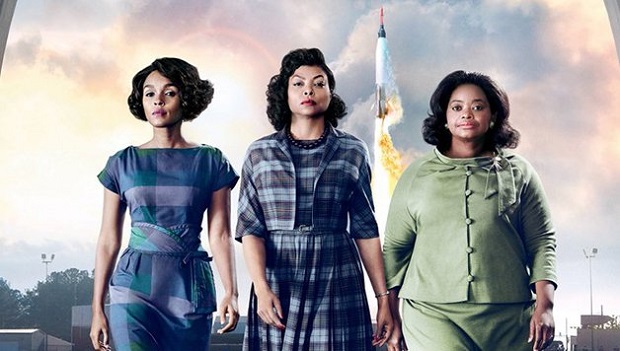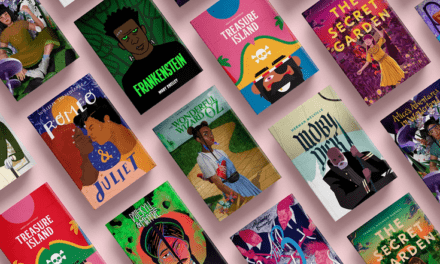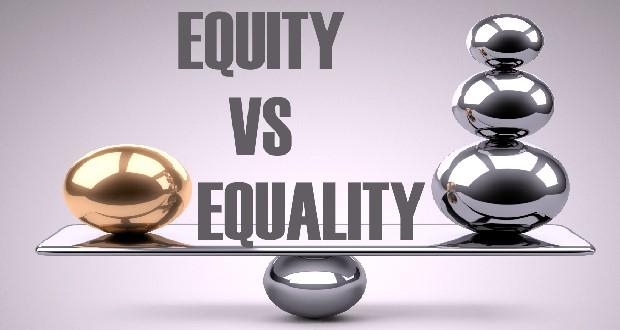
This week, 20th Century Fox released the official trailer for Hidden Figures, a film based on the untold true story of three African American women, Katherine G. Johnson, Dorothy Vaughn, and Mary Jackson, and their experiences working at NASA behind one the greatest operations in history. It was in using Katherine, Dorothy, and Mary’s mathematical calculations that John Glenn became the first American astronaut to make a complete orbit around the Earth.
I think this film is unique in that it highlights one of the many untold narratives of Black women and their experiences in the professional workplace, particularly in white and male dominated spaces. It sheds light on the stories of these women, who, by nature of their intersecting race and gender identities, are often times marginalized and seemingly “invisible,” in mainstream dialogue around contributions in STEM (science, technology, engineering and mathematics). Their experiences depict the complicatedness of, not only being a woman in STEM, but also a person of color, what some researchers have previously referred to as “The Double Bind.”
Although Hidden Figures is based on experiences during the 1960s, a period when overt forms of discrimination and bias were more common, even recent studies suggest that subtle challenges and barriers continue to exist for Black women and other women of color in the workplace, today. And even as organizations develop efforts to increase the representation of women and people of color in STEM, women of color and their unique experiences are often time overlooked. Historically, diversity efforts focused on gender, have centered the experiences of white women, leaving women of color at the margins and subsequently, underrepresented. We explore this dynamic and discuss the role of intersectionality in fostering inclusion and addressing gender equity in our D&I Trends report.
All in all, Hidden Figures, for many, is also a reaffirmation of the fact that representation matters. I can’t lie, it is always refreshing to see positive images that are similar to oneself depicted in the media and film. I am hopeful that the success of this film will lead the way for more stories and narratives that have historically been invisible and remain untold.


















